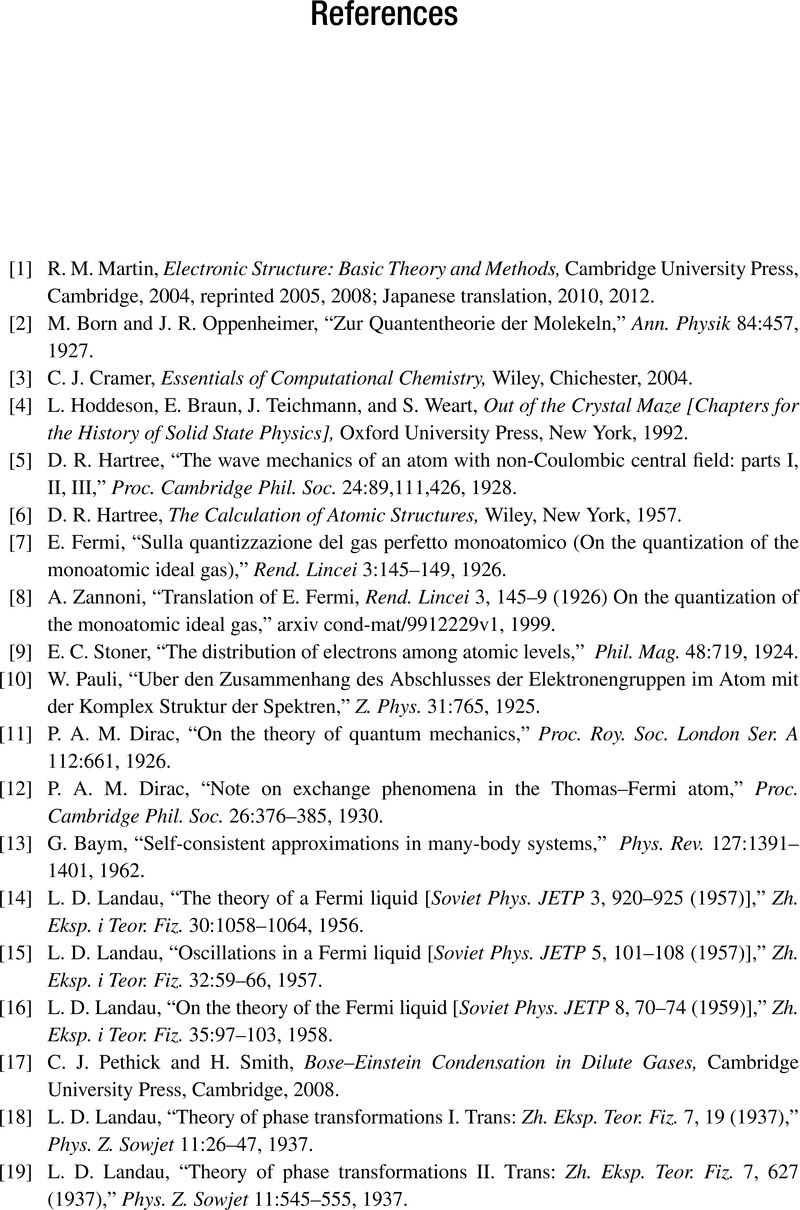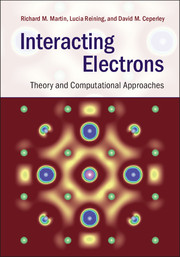Book contents
References
Published online by Cambridge University Press: 05 June 2016
Summary

- Type
- Chapter
- Information
- Interacting ElectronsTheory and Computational Approaches, pp. 750 - 805Publisher: Cambridge University PressPrint publication year: 2016



